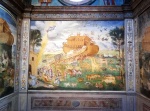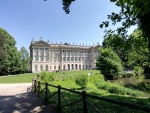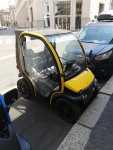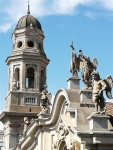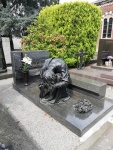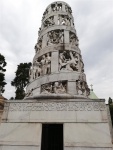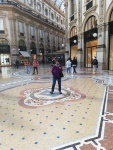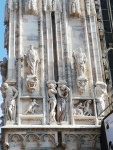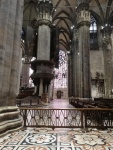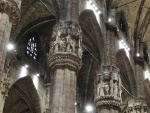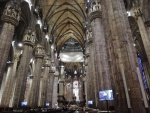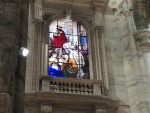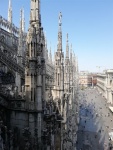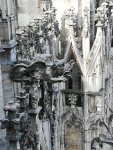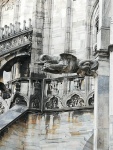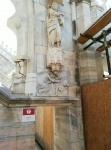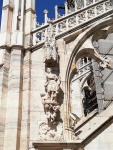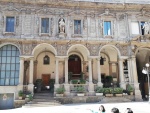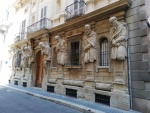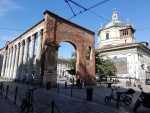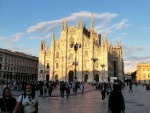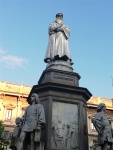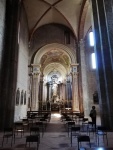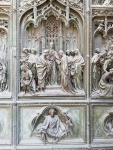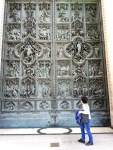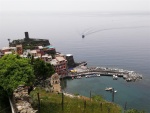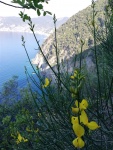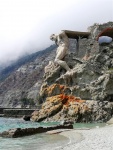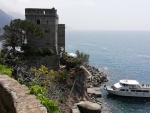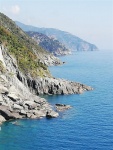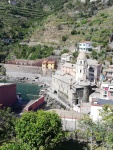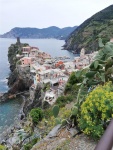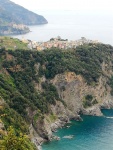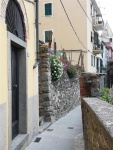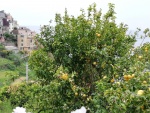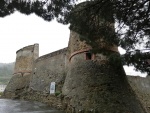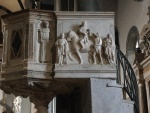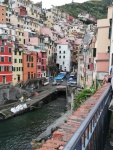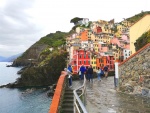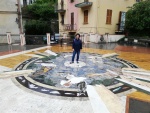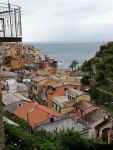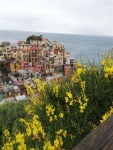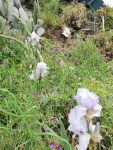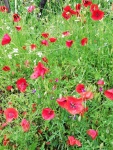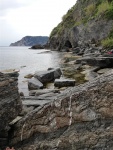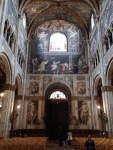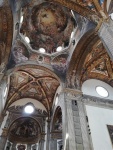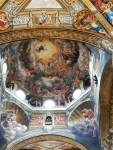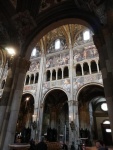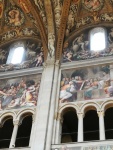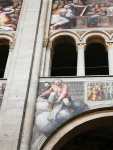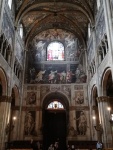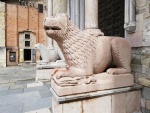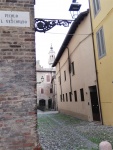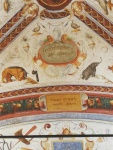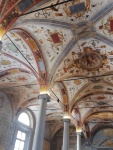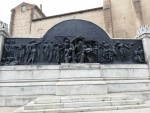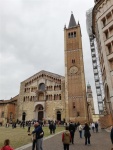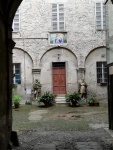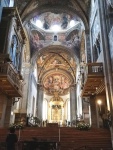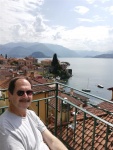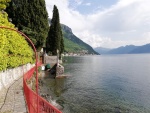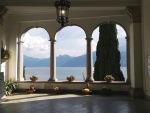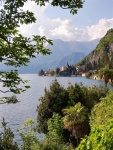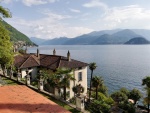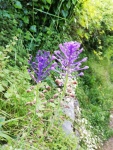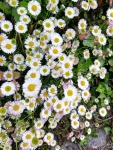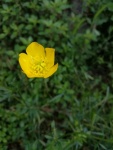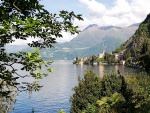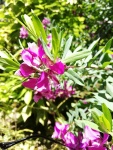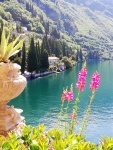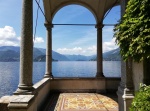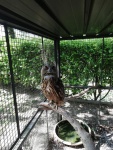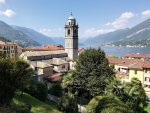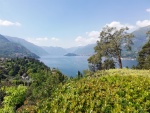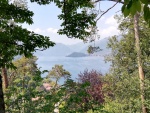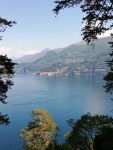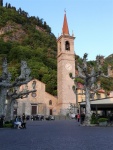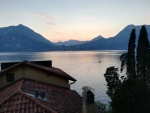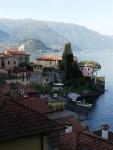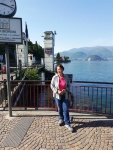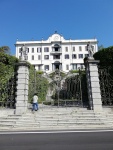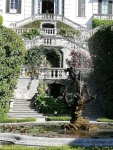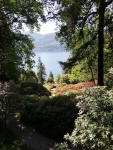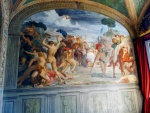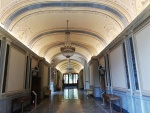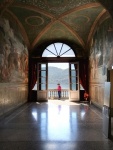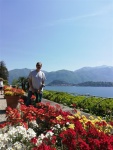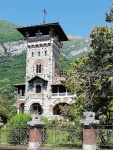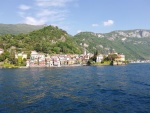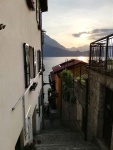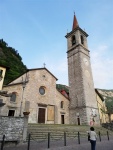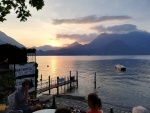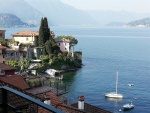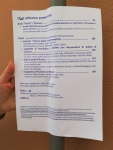Milan, Cinque Terre, Lake Como, and Parma
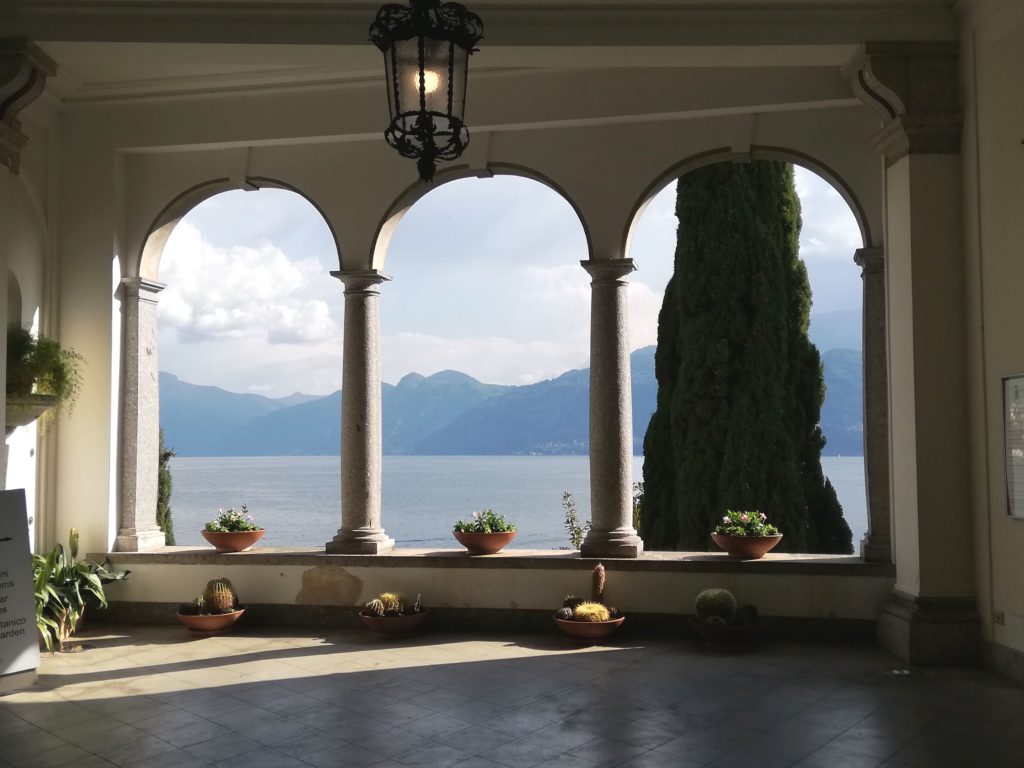
Italy is one of our favorite destinations – and for good reason. We’re foodies, and food is central to the Italian culture. We’re history buffs, and what better place is there to be surrounded by history. We’re art and architecture aficionados, and Italy epitomizes the brilliance of the renaissance. We enjoy urban adventures, and each city in Italy has a culture that’s unique.
A little history: Italy wasn’t a country until 1861. Before then, it was made up of strong city-states, each vying for economic dominance over the others as well trying to dominate Mediterranean trade. They shared a language, although local dialects still dominate the numerous regions. The regions shared some foods, but also maintained distinct differences. Although strong leadership brought them together, political differences are still numerous. But tourists won’t see that aspect of Italian culture.
What you will see is a cultural exuberance that’s unmatched anywhere. You’ll see Italians enjoying just about everything, unless they’re showing a passionate dissatisfaction about something. You’ll experience a complete absence of parking, even if you drive a micro-car. You’ll find an extensive fast rail system that works (pretty much), but also constant wildcat strikes that cancel some train or other.
We used Rick Steves’ videos to help us plan our trip. His love of Italy is apparent; his travel goals closely match ours.
We began our trip in Milan, the economic capitol of Italy. Milan has successfully preserved much of its historic center. The proximity of the Galleria Vittorio Emanuelle to the Teatro alla Scala, the Duomo, and the other historic landmarks makes the city easily walkable, despite its size, and the city maintained its extensive trolley system. We stayed a few blocks from the Teatro alla Scala in Brera, a neighborhood noted for its restaurants, and walking distance from everything. We explored the Duomo’s rooftop (which sounds very touristy) which was spectacular. Visitors get to walk among the church’s spires, gargoyles, and buttresses. We explored many of the city’s other churches as well. A highlight was our visit to the Cimitero Monumentale, a huge cemetery with over-the-top monuments. Each grave has a unique memorial, including Egyptian temples, weeping angels, wives, and children.
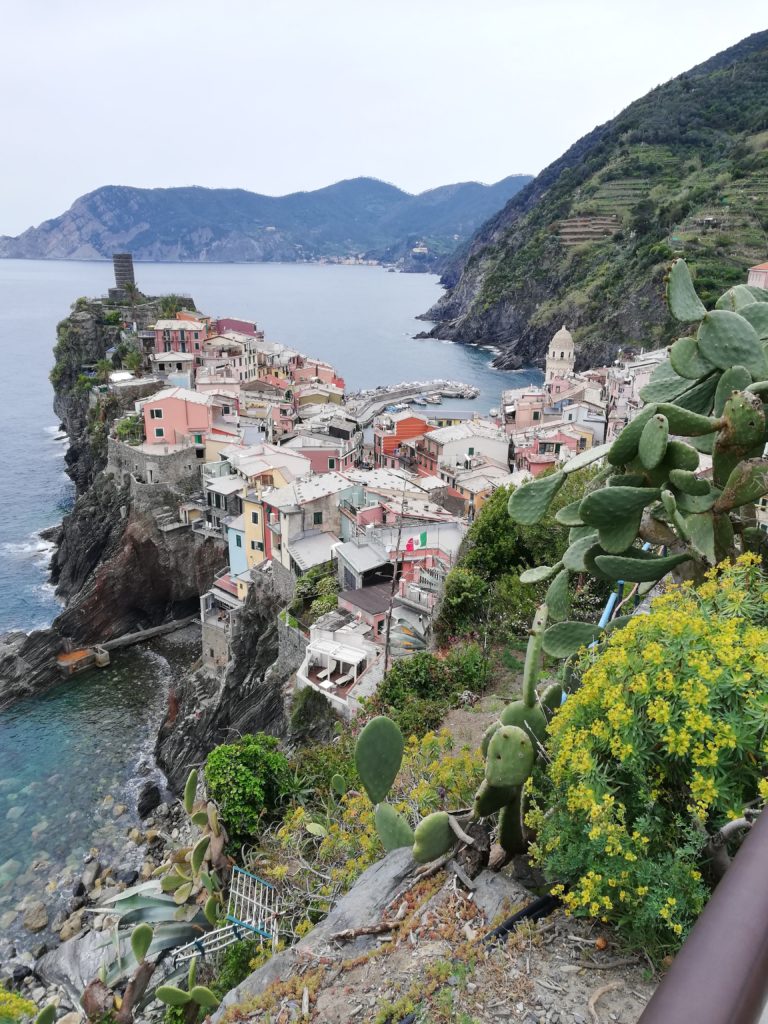
Cinque Terre
This has been on our “bucket list” for many years. We went there in Rick Steves’ fashion: staying in Vernazza, and hiking and taking the train between the other villages. Each of the five villages were different, and each one was charming. The hikes were reasonable, and the paths were well-maintained. Each village precariously clung to a seaside cliff. While the villages don’t have major sights, the vistas from the paths were stunning. We also took the ferry from Monterosso to Vernazza, giving us another spectacular view of the coastline and cliffside villages.
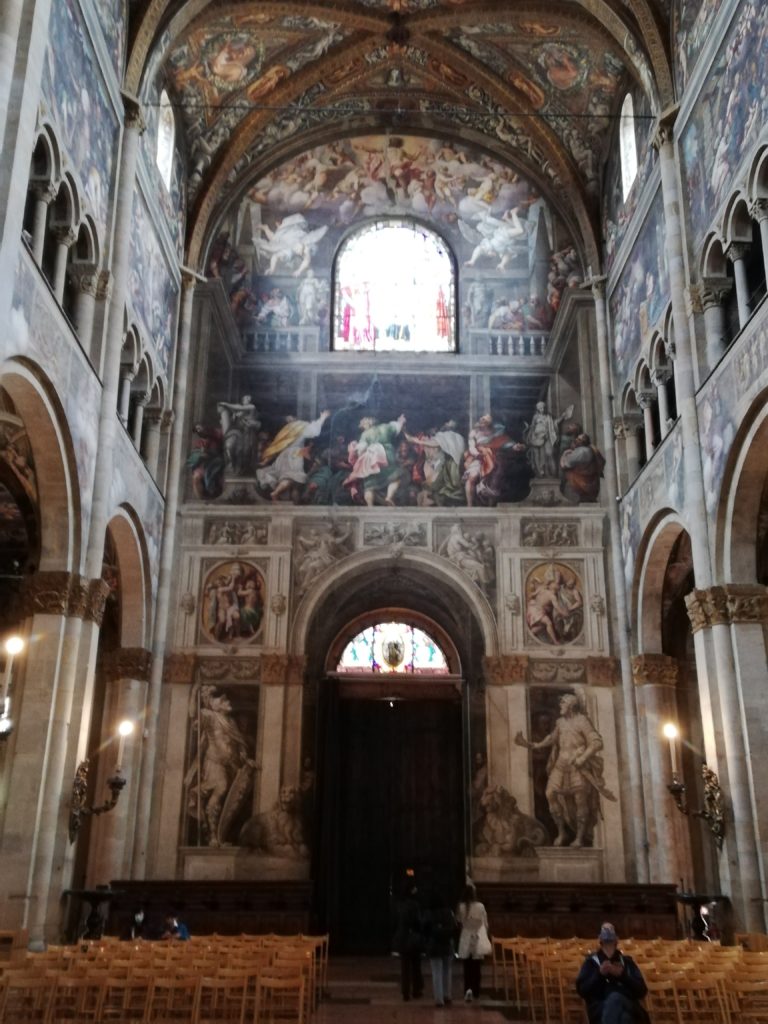
Parma
Parma is in Emilia-Romagna, home to one of Italy’s most famous regions for food. We added a short stopover in Parma just for the food (eg Parma Ham and Parmesan), among many other local treats. What we didn’t know was that Parma’s Duomo – and many of the other churches these – were covered in amazing frescoes by Antonio da Correggio, a prolific artist of the early 16th century. In Parma, we were introduced to “Taglieri,” a wooden board with Parma ham, different parmesan cheeses, sausages, and salamis, each in abundant quantity. These are commonly offered in bars, and each was different and each was breathtaking. Although we were only there for two nights, we spent much of our time eating. Every meal was phenomenal.
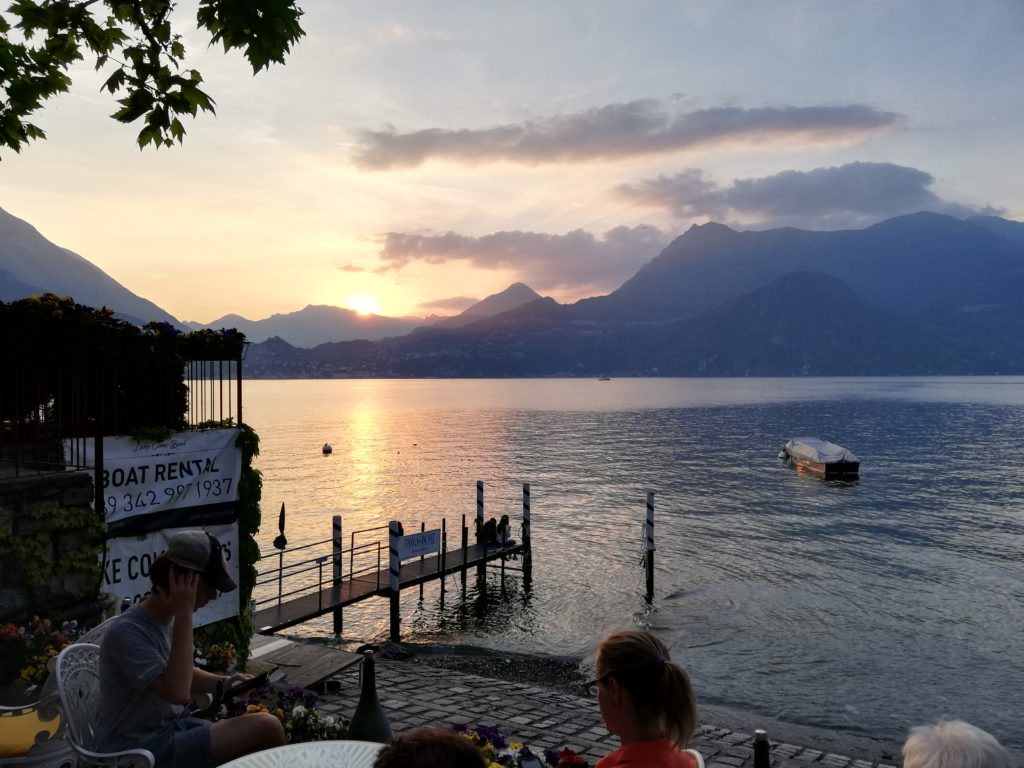
Lake Como
We again followed Rick Steves’ advice and stayed in Varenna. (We also resolved to never again stay in two cities with similar names on one trip.) We visited lakeside villas and their gardens, took the ferry to other lakeside villages. We spent every evening sipping prosecco on our airbnb’s balcony, which looked out over the lake (see below for more information). Rick Steves’ advice on where to stay and how to get around was invaluable. We initially thought of staying in Bellagio, but instead chose Varenna – and were we glad we did. Nevertheless, the pizza/focaccia in Bellagio was life-changing.
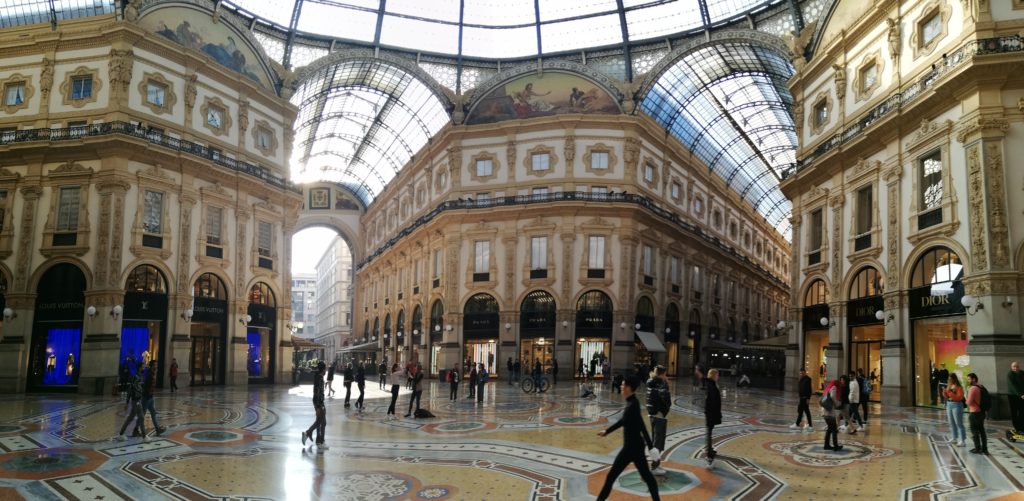
Back to Milan
On our return to Milan, we stayed in a different neighborhood, south of the Duomo, on the edge of Porta Romana. For a period, Milan was the capitol of the Roman Empire, and the home of Roman Emperor Diocletian This neighborhood contained his palace, government buildings, temples, and an enormous circus. Vestiges of the Rome are scattered throughout the area, and are being rediscovered. We stayed at an apartment in Piazza Sant’Alessandro, next to the Chiesa di Sant’Alessandro, a baroque masterpiece. The angels on the parapets were directly outside our window.
We chose this Airbnb because it was within walking distance to the Malpensa Express train. But in keeping with our experiences with Italian wildcat strikes, when we got to the station, we learned that this train was on strike. We quickly went to the Stazione Centrale to get another train, which we learned was also on strike. Fortunately, buses were running, so we took an express bus to the airport. We expected something to go wrong with our return trip, so we left tons of extra time.
Logistics – Varenna
The view from our Airbnb in Varenna, Lake Como was breathtaking, honestly better than the view from any of the restaurants. We strongly recommend staying here. https://www.airbnb.com/rooms/18021836
